"The Chawan" introduces the highest-end tea utensils in Japanese museums, including three Tenmoku designated as national treasures, as well as tea utensils produced by various kilns in the Song Dynasty of China. The book is exquisitely printed and is a must-have for collectors.
Information related to Tenmoku is hard to come by, just like finding a good Tenmoku.
It is not difficult to understand. After all, Tenmoku was lost in China for nearly a thousand years.
During these thousand years, everything has been changing.
"The Chawan": Collected by Famous Art Museums; 4,000 Japanese Yen.
"Tenmoku": Written by Choko Nishida and Satoshi Sato; 3,600 Japanese Yen.
"The Beauty of Tea Ceramics" (Tang Dynasty artifacts); 3,800 Japanese Yen.
These two books are widely introducing tea utensils, and of course, Tenmoku is also a preferred item.
These books on Tenmoku are all from Japan, and it is not easy to find them. They can only be purchased at specialized bookstores.
"Tenmoku" by Choko Nishida and "The Beauty of Tea Ceramics"
"Tang Dynasty Tea Bowls" (World of Tea Utensils) by Yoshiaki Yabe, published by Tankosha; 1,429 Japanese Yen.
"Introduction to Tenmoku Appreciation" by Naoki Idekawa, published by Shinchosha; 1,600 Japanese Yen.
"Tang Dynasty Tea Bowls" and "Introduction to Tenmoku Appreciation"
There are very few books on Tenmoku in China, such as "Identification and Appreciation of Jian Kiln Porcelain" by Professor Wencheng Ye from Xiamen University, which mainly focuses on the history of Jian kiln and some appreciation knowledge of excavated antique Tenmoku. There is not much description of the handed-down Tenmoku.
There is also Mr. Daohua Xie's "Jian Kiln and Tenmoku".
"The Rising Black Porcelain Civilization - Tenmoku" written by members of the Tenmoku Compilation Committee.
In the view of modern Tenmoku makers, they can be roughly divided into two categories:
The first category is ceramic artisans who use unearthed Tenmoku as their models. They are mostly local residents around the site of Jian kiln. Since the restoration of Jian kiln research in the 1980s, they have started to learn how to make Tenmoku. Their works are simple and rustic, mostly featuring hare's fur and oil droplets.
The second category consists of several Jian kiln masters who graduated from professional colleges and were tasked by the state to restore the research of Jian kiln.
They mainly use handed-down fine Tenmoku as their models and are dedicated to mastering the making of Tenmoku with the "Yaobian" effect. Their works have reached the highest international level and have been collected by the State Council's Ziguangge Collection, the permanent collection of the Palace Museum, and foreign museums. They have also won numerous international awards.
Objects have feelings, warmth without sound; when playing with Tenmoku, prioritize interest and never forget the original intention!


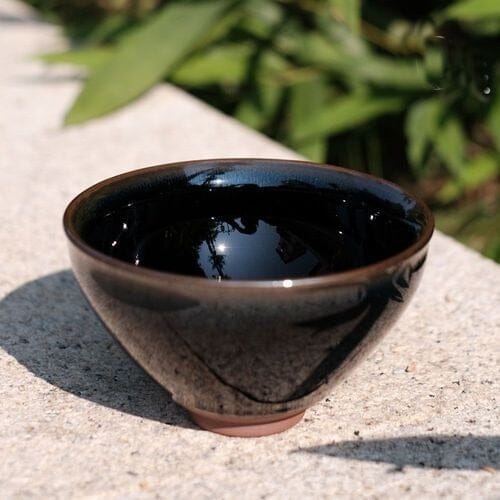
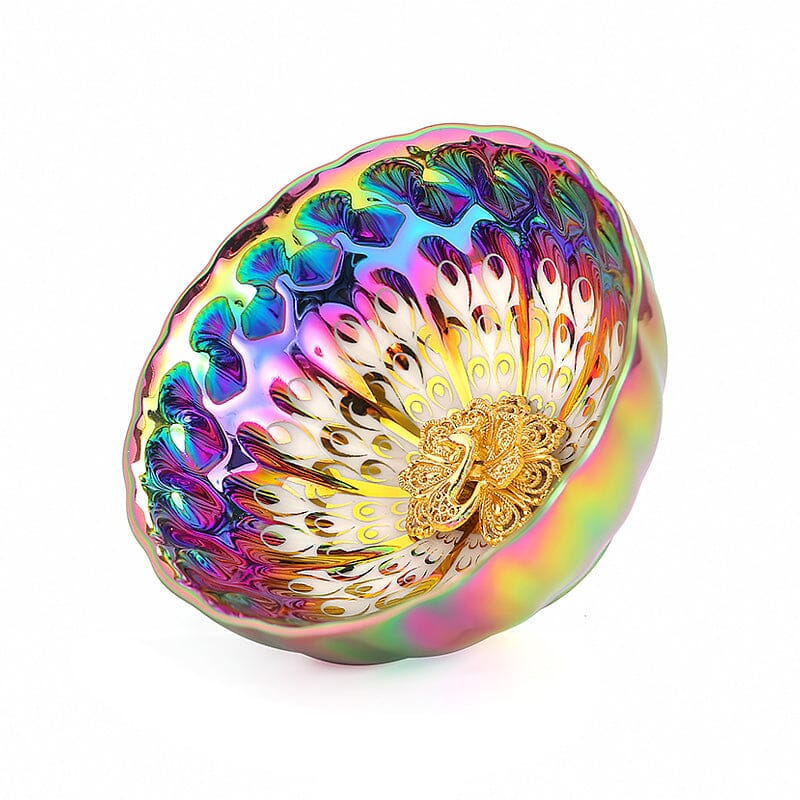
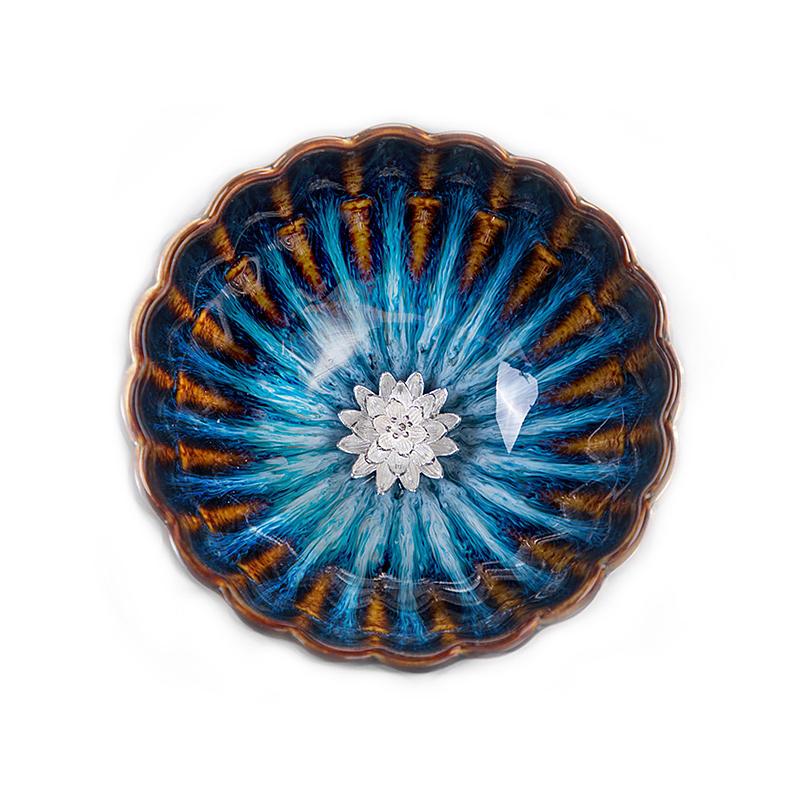
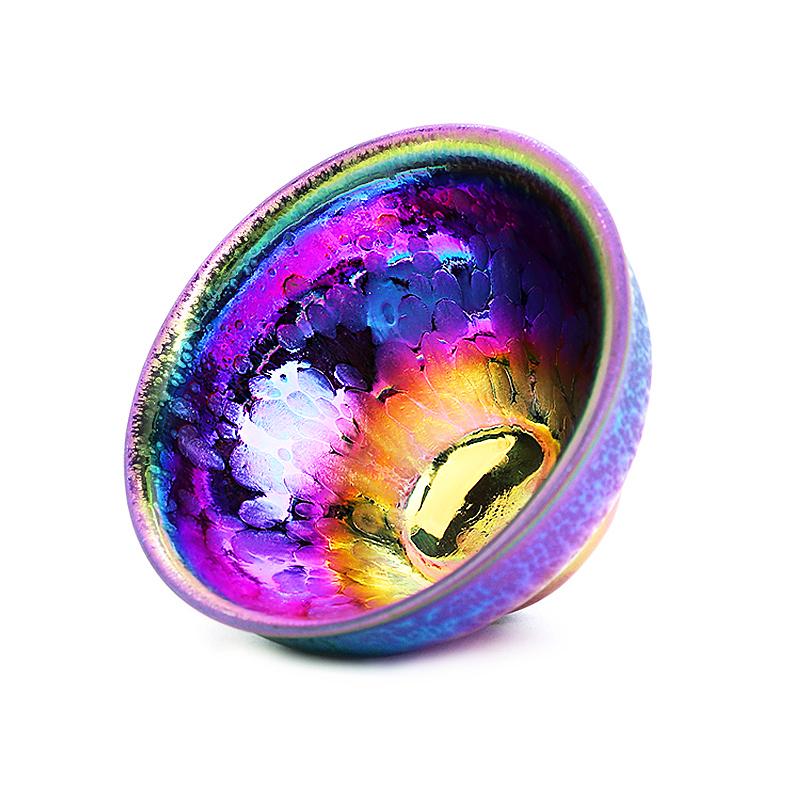
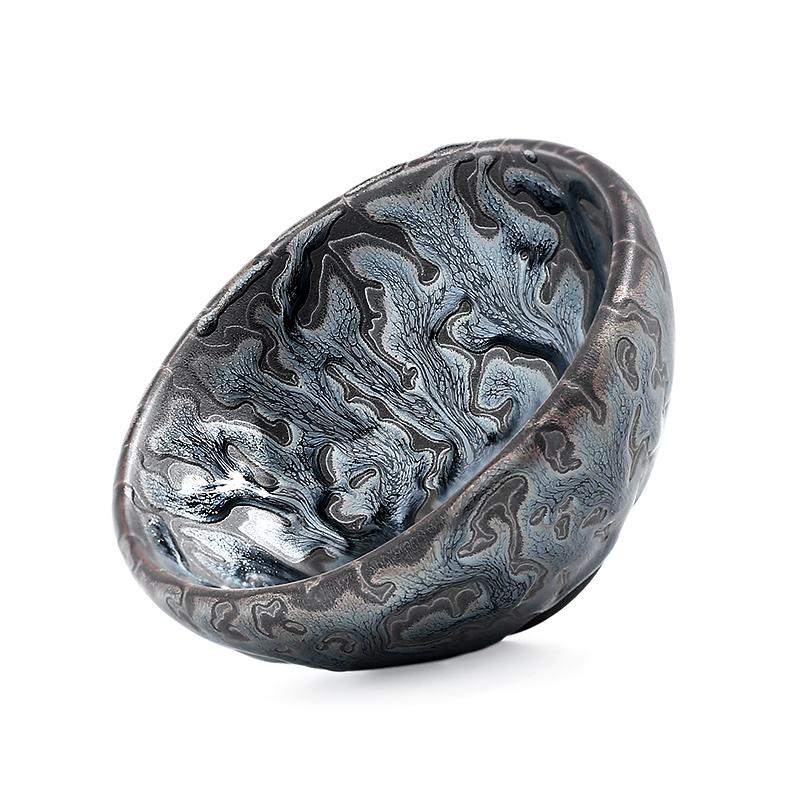
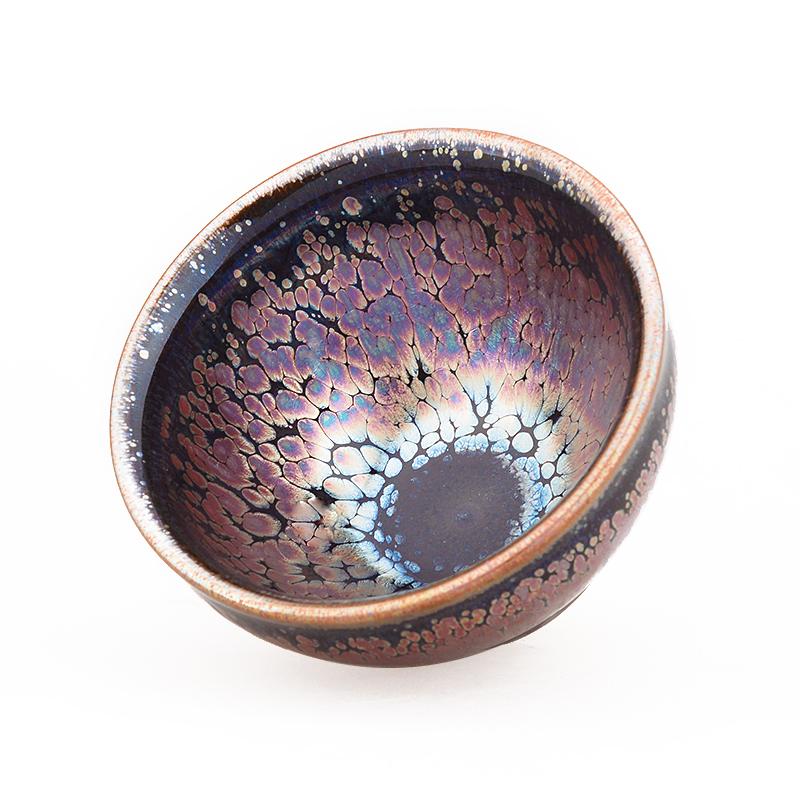
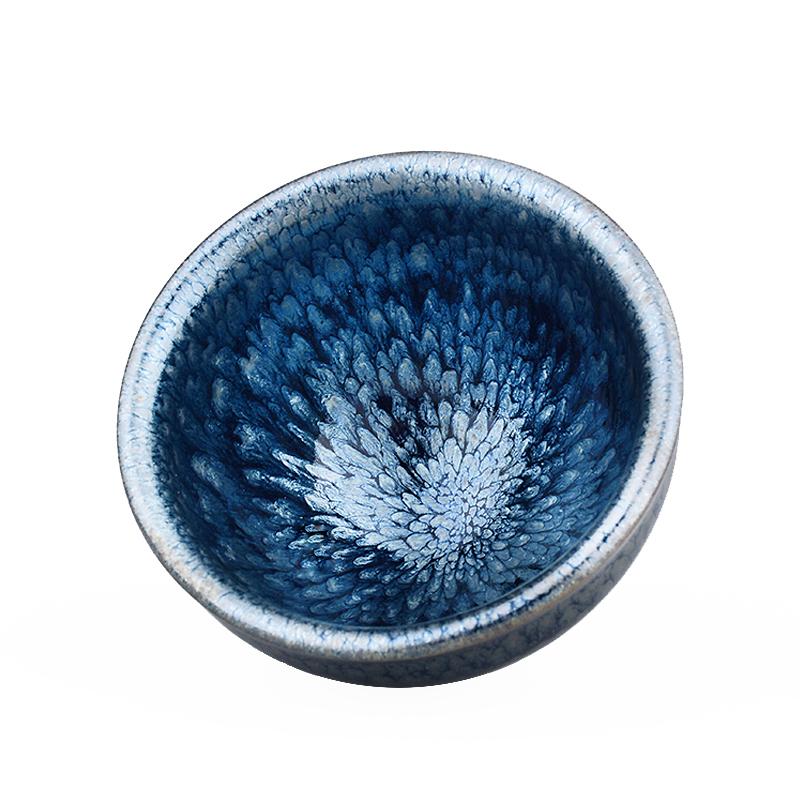
Share:
Do you know the four great mysteries of Tenmoku teacups?
On the Issue of Rusting in Tenmoku Teacups